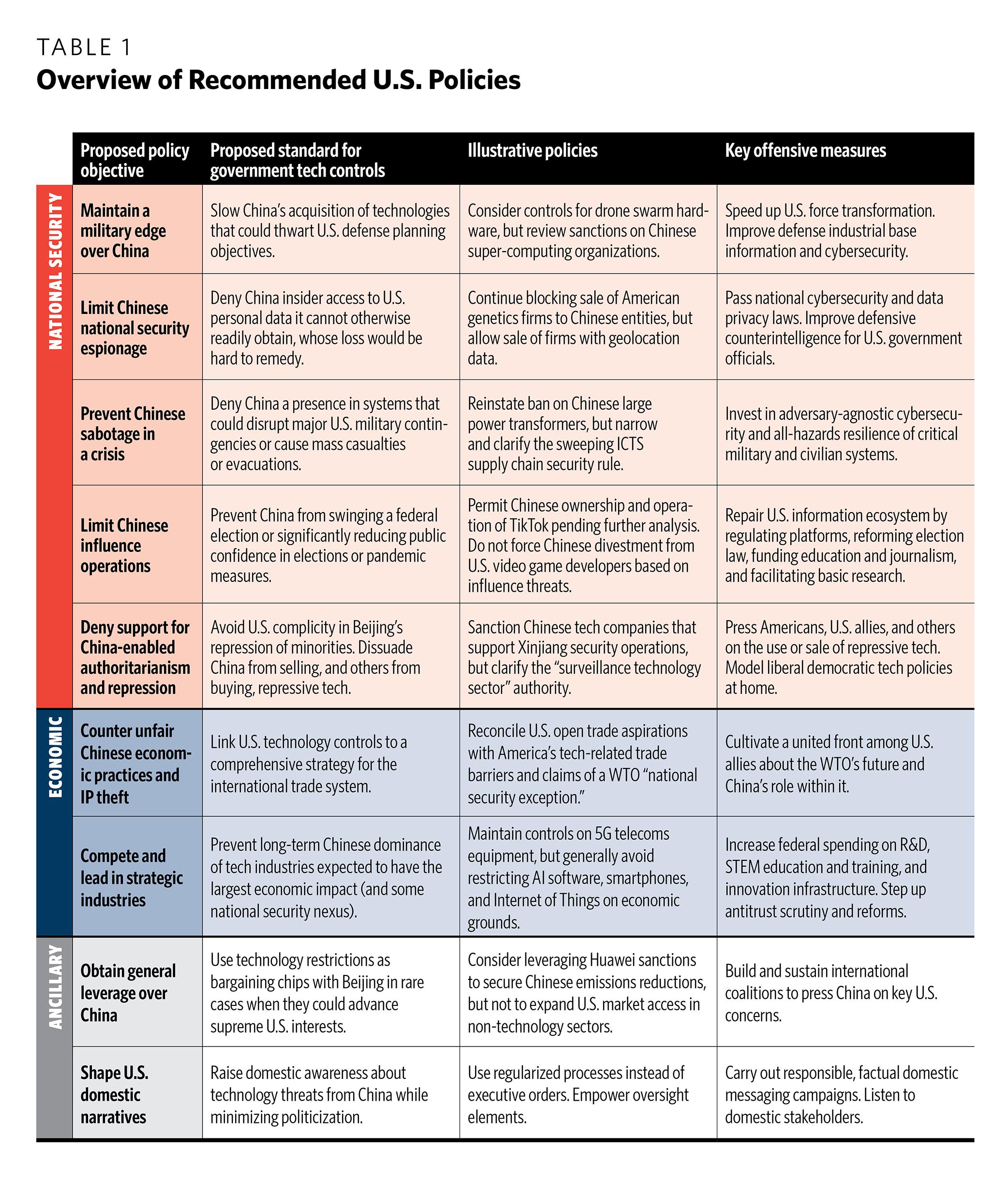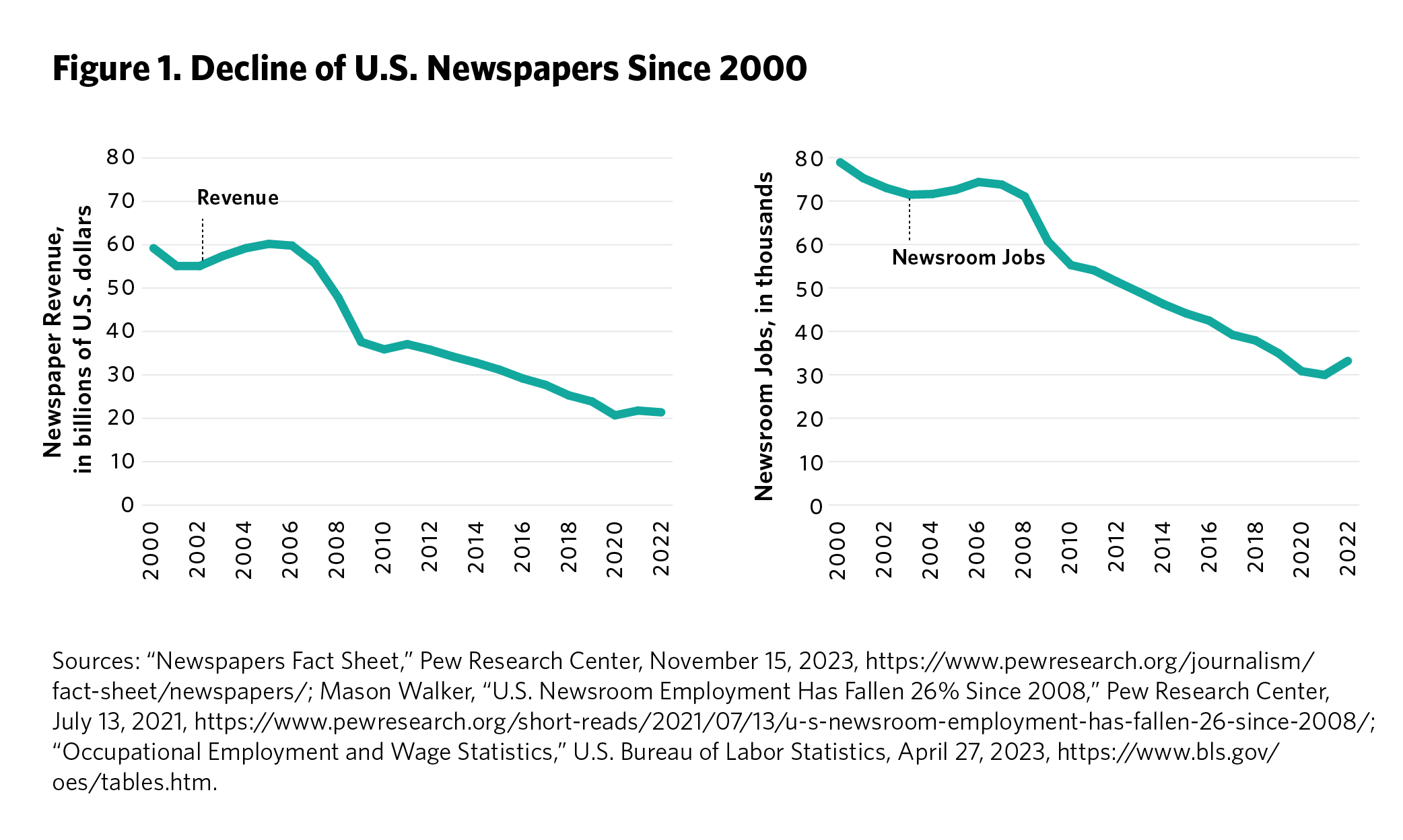## Game Over For Gamers? New Tech Barriers Threaten to Hold Back the Next Gaming Revolution
Get ready to rage quit, because the future of gaming might not be as bright as we’d hoped. While developers are pushing boundaries with stunning visuals and immersive experiences, a hidden roadblock is emerging, threatening to leave millions of players behind.

The Innovation Gap

The potential decoupling of the U.S. and Chinese tech sectors raises serious concerns about the future of innovation in gaming. While both countries have made significant strides in game development, research, and distribution, their reliance on each other for technology, talent, and intellectual property creates a complex web of interdependence. Disrupting this flow could stifle innovation in both nations.
For the U.S., decoupling could limit access to crucial components and technologies sourced from China, impacting the development of cutting-edge games. It could also hinder the growth of American game studios reliant on Chinese investment or distribution channels. Similarly, China’s gaming industry, which has grown exponentially in recent years, heavily relies on American technology and expertise. Decoupling could force China to accelerate its own technological development, but this process may not be seamless or immediate, potentially hindering its progress in the global gaming market.

Talent Drain and Brain Drain
A significant concern is the potential for a “brain drain” as skilled game developers and researchers migrate to countries offering more favorable conditions and opportunities. This talent exodus could weaken both the U.S. and Chinese gaming industries in the long run.

The Global Innovation Ecosystem
The gaming industry thrives on a global ecosystem of collaboration, knowledge sharing, and talent mobility. Decoupling could fracture this ecosystem, leading to a more fragmented and less innovative industry. Global game development communities, reliant on cross-border collaboration, could be significantly impacted, potentially hindering the creation of truly global gaming experiences.

The Rising Tide of Cost
The financial implications of decoupling are substantial and multifaceted. Increased tariffs on imported components and technology, supply chain disruptions, and the need for domestic alternatives will inevitably drive up the cost of game development.

Increased Development Costs
Game development relies heavily on a global supply chain for components, software, and services. Decoupling could disrupt this chain, leading to delays, increased costs, and potential shortages of critical resources. For example, the cost of GPUs, essential for high-fidelity gaming, could surge due to reduced access to Chinese manufacturing.

Higher Prices for Consumers
Ultimately, the increased costs associated with decoupling will likely be passed on to consumers in the form of higher game prices. This could price out some players, particularly those on a budget, and potentially limit the growth of the gaming market.

Regionalization of Development
The rising cost of global development could lead to a trend toward regionalization, with game developers focusing on local markets and utilizing domestically sourced resources. This could result in a more fragmented gaming landscape, with less cross-cultural exchange and potentially fewer global hits.

The Gamer’s Perspective
The ripple effects of decoupling will be felt most acutely by gamers themselves. Access to certain games, platforms, and technologies may become limited or restricted, fragmenting the global gaming community and potentially impacting the overall gaming experience.

Limited Game Availability
Decoupling could lead to a situation where games developed in one country are unavailable in another, depending on political and economic considerations. Gamers may be forced to rely on less desirable alternatives or resort to piracy to access desired content.
Platform Fragmentation
The emergence of distinct gaming platforms catering to specific regions could further fragment the gaming experience. Cross-platform play, a key feature of many modern games, could become more difficult or even impossible, limiting opportunities for social interaction and competition.
Technological Disparity
Uneven access to advanced technologies, such as high-speed internet and powerful gaming hardware, could exacerbate existing digital divides. Gamers in countries with limited access to these technologies may be at a disadvantage, impacting their ability to fully enjoy the latest games and experiences.
Conclusion
The experts are sounding the alarm, and their message is clear: the soaring cost of cutting-edge technology is creating a dangerous bottleneck, threatening to stifle the very innovation it promises. While we dream of immersive virtual realities and breathtakingly realistic AI companions, the financial barrier to entry is proving to be a formidable wall.
This isn’t just a tech industry issue; it’s a societal one. If these advancements remain confined to the pockets of the wealthy, we risk exacerbating existing inequalities and leaving entire communities behind. The potential for these technologies to revolutionize education, healthcare, and countless other sectors hangs in the balance. We must ask ourselves: do we want to be a society that leaves innovation out of reach for the many, or one that embraces its potential to empower everyone? The future of gaming, and the future of our world, depends on finding a way to bridge this affordability gap.
The cool-down period may be over, but the real revolution is just beginning. Will we rise to the challenge and ensure that the benefits of technological progress reach all corners of society, or will we let the cost be the ultimate barrier to a brighter future? The choice, and the responsibility, are ours.